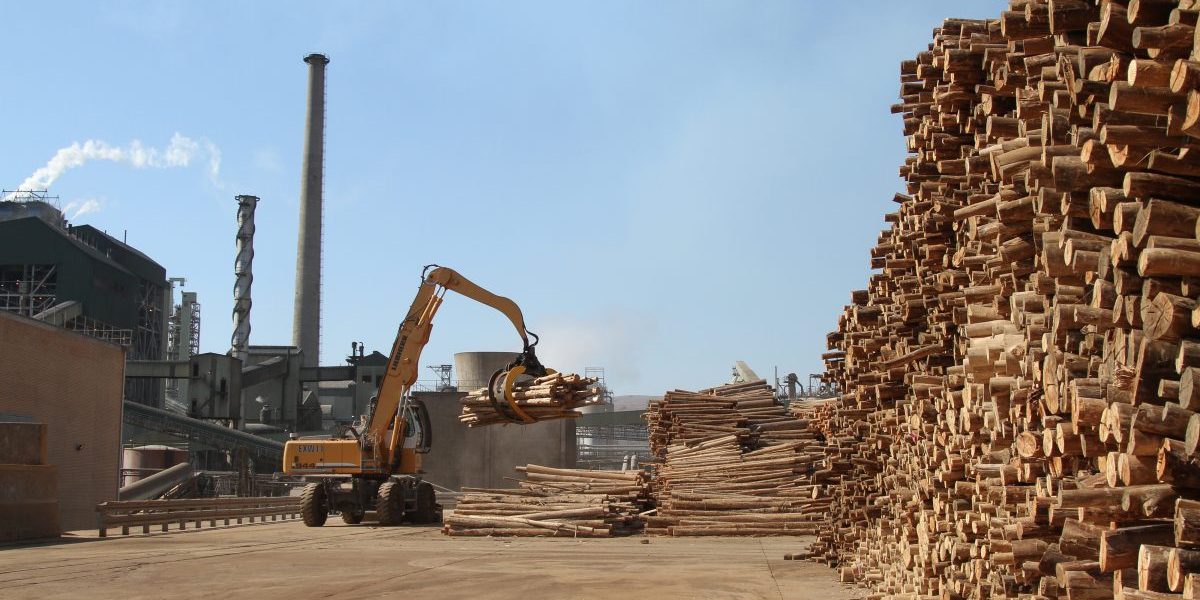Synopsis:
This study provides an overview and analysis of the structure, key functions and characteristics of the forestry value chain in South Africa, Mozambique and Tanzania in order to identify market opportunities and interventions that are required to support the growth of the regional value chain.
The research looks at the end markets and utilisation of forest-based products, the status of these markets and key issues in production, processing and trade in forest-based products.
The value chain analysis is concentrated on responding to the following questions: How is the value chain organised? How does it function? Who are the main actors? What are the key institutions and forms of coordination? How well is the chain performing in coordination, competitiveness and intra-regional trade? Where are the opportunities to relocate parts of the chain among the countries, and to enhance existing intra-regional activities?
South Africa, Tanzania and Mozambique have both differences and complementarities in their forestry sectors, which provide opportunities to enhance regional value chains. These countries where chosen which to their current level of forestry output and their contiguous location.
Key findings:
- The South African sector is dominated by plantations and medium-sized and large companies, whereas Mozambique and Tanzania are characterised by natural forest resources and high levels of participation by small and very small informal market actors, producing mostly low value-added products. This is the basis for the current low level of regional integration.
- As a percentage (of total output) of value-added forestry products, much more is produced in South Africa than in Tanzania or Mozambique.
- There is limited trade in forestry products among the three countries owing to logistics (forestry products, particularly raw timber, are not easily transported over long distances) and the different domestic markets for forestry-based products. The market for forestry products in Tanzania and Mozambique is dominated by low-value products such as firewood, charcoal and basic industrial/construction wood.
- Production in all three countries is used for domestic consumption or export to international markets: 90% of all Mozambique’s timber exports go to China, more than two-thirds of the output of South African plantations goes towards pulpwood and is exported to Japan, and more than three-quarters of Tanzania’s forest production is used for livelihood strategies.
- In the next 20 years the Southern African region will be a significant site for pulp production. Mozambique will lead this process, followed by Tanzania, provided they implement a land access system that facilitates more plantation development. South Africa will have to increase its hardwood plantations to be part of this growth.
- Issues of conflict and tension (between local communities and forestry companies) owing to competition for land for plantations need to be addressed, as they undermine market access. Transparency regarding land tenure, better collection of land use royalties and genuine community partnerships are workable solutions.
- The increase in the number of plantations across the three countries provides an opportunity for primary and secondary wood processing. An added advantage, if the wood-processing hub were to be locatedin Tanzania, is that this would create a construction boom supported by economic growth, owing to the natural gas discoveries that could contribute to a regional advantage in electricity. Tanzania has low labour costs and such a regional advantage in electricity could support the construction boom.
- Accurate and up-to-date information on the forestry sector is valuable for investors in especially Mozambique and Tanzania, particularly for small companies that cannot afford to collect their own data. Better information will assist them in making investment decisions.
- Government revenue collection systems should be improved to ensure that they are not compromised by corruption, illegality and informality, so that the funds can be used for the broad-based and inclusive development of the regional forestry value chain.
- The paper identifies key points that are essential for regional policy initiatives to support the growth of the regional forestry sector:
- Establish a regional forestry stakeholder forum to facilitate dialogue and cooperation, sharing information and knowledge with domestic industries.
- Establish a regional forestry data initiative.
- Establish a regional forestry sector skills development initiative.
- Develop a regional community participation strategy.
- Develop a regional forest certification initiative.
- Establish a regional capital and capacity development fund.

